Shinjuku City
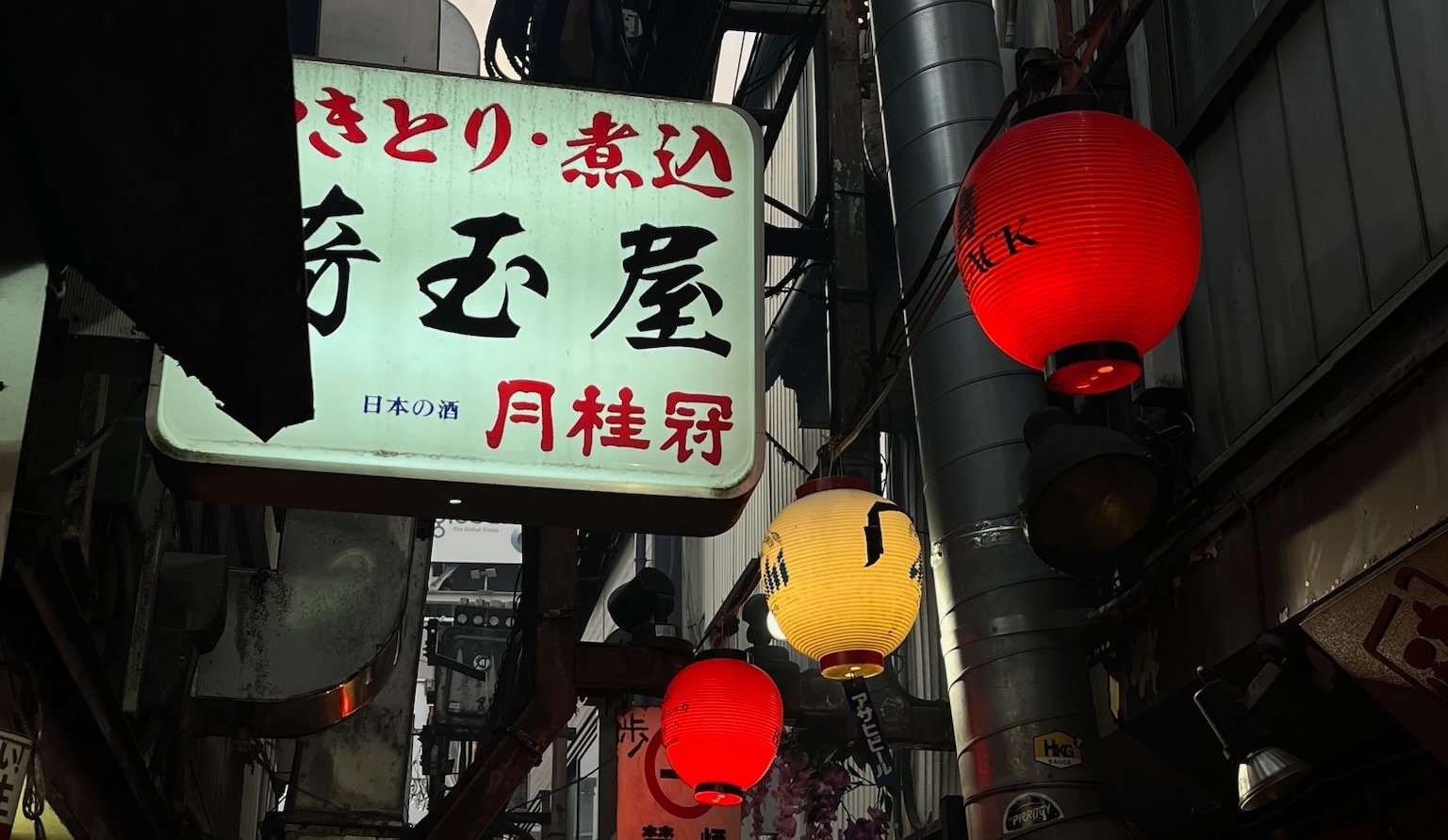
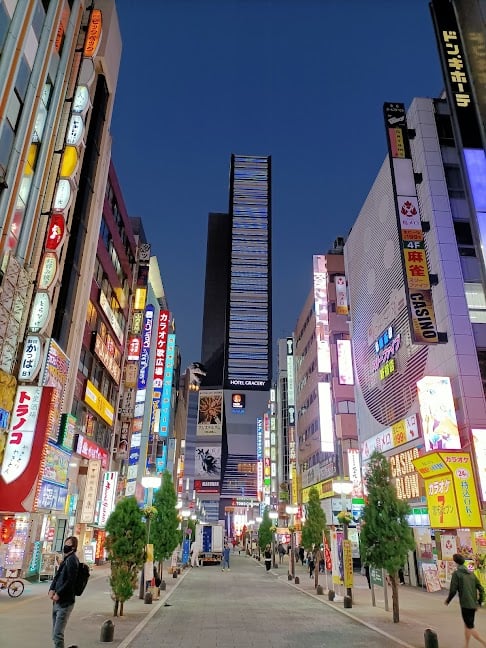
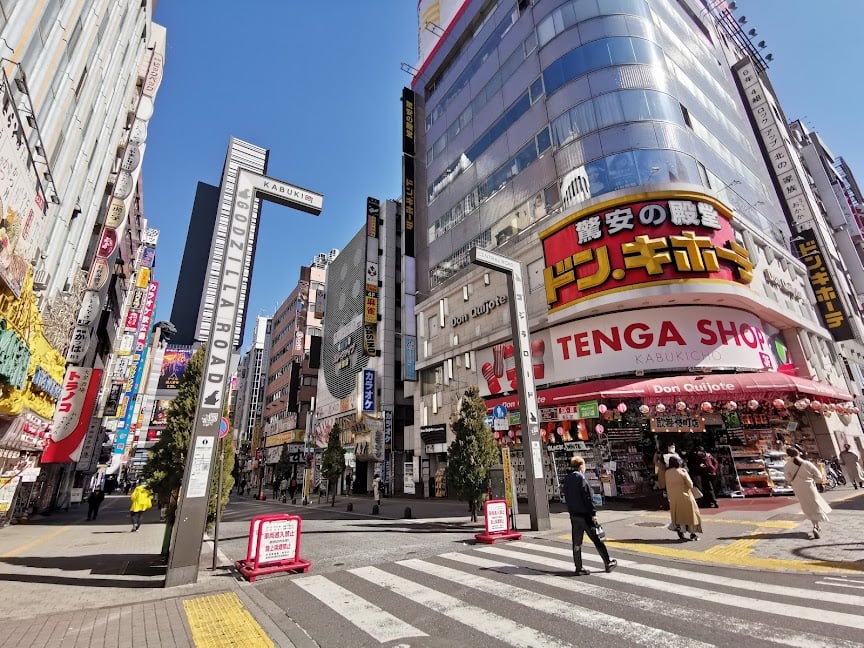
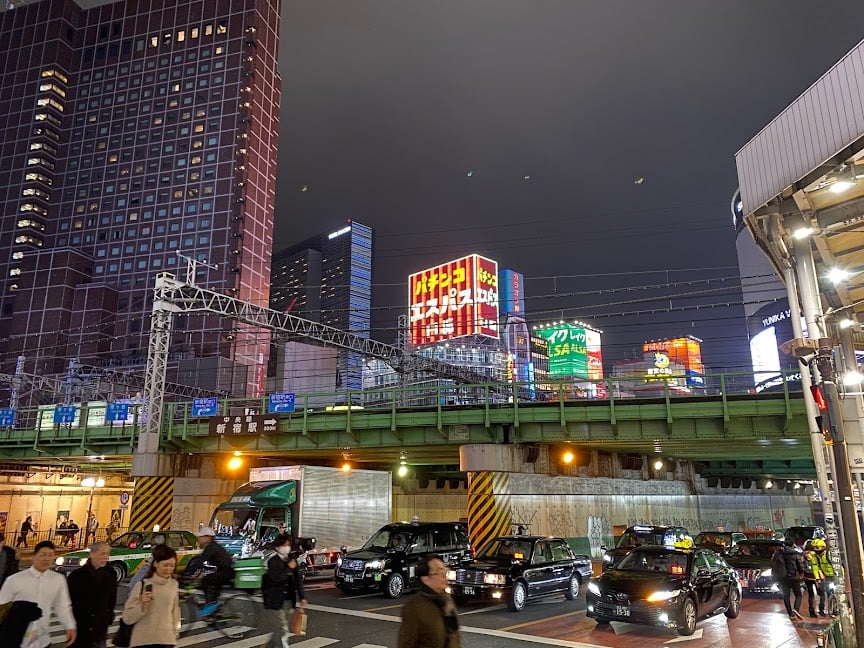
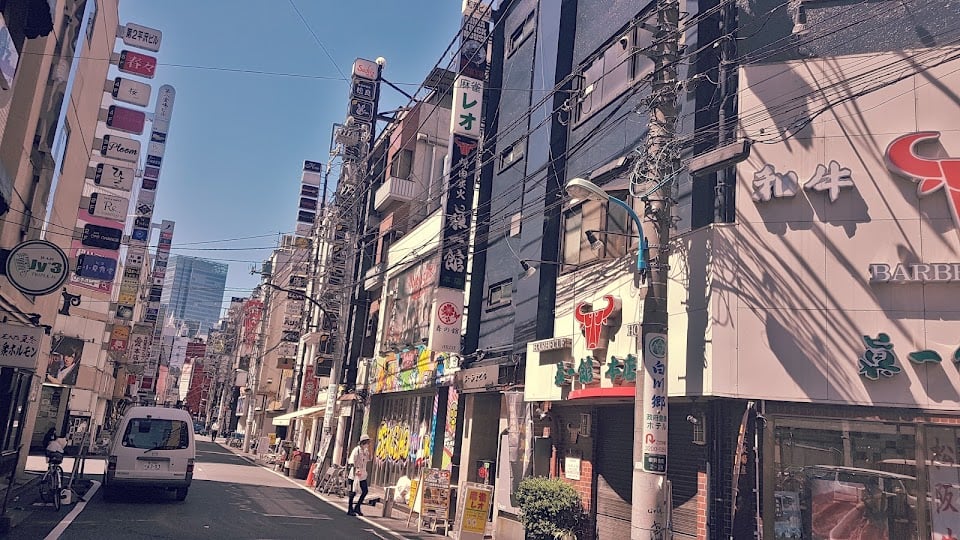
Ask ThatchGPT
Suggest a local expert to plan my trip
Suggest an unique itinerary for my Tokyo trip
What foods do Tokyo locals eat
What are some true hidden gems in Tokyo
Help me brainstorm trip ideas for Tokyo
Help me plan a family-friendly trip to Tokyo
What people say
Leo Scarton
Available for hire
"Welcome to Shinjuku, a district that embodies the dynamic spirit of Tokyo. As we embark on a journey through its history, we traverse not just physical landscapes but the evolution of a community, witnessing the confluence of tradition and modernity.
Shinjuku's origins lie in the Edo period, where it stood as a humble post town along the Koshu Kaido highway. A quiet enclave with inns catering to weary travelers, it was far removed from the bustling metropolis it would become. The turning point came in 1885 with the establishment of a railway station on the Yamanote Line. This marked the genesis of Shinjuku's transformation from a rural retreat to an urban center, a process that would accelerate with the dawn of the 20th century.
The scars of World War II left their mark on Shinjuku, but from the ashes of destruction emerged a district determined to redefine itself. The post-war years witnessed an ambitious reconstruction effort, setting the stage for the high-rises and modern architecture that now characterize the skyline. The economic boom of the 1960s and 1970s solidified Shinjuku's status as a commercial and entertainment hub, attracting businesses and fostering a vibrant cityscape.
In the heart of this urban tapestry lies the Tokyo Metropolitan Government Building. Completed in 1991, its twin towers serve not only as architectural landmarks but as the administrative nerve center of Tokyo. Ascending to the observation decks, one can witness not just a panoramic view but the ongoing narrative of a city constantly in flux.
Shinjuku Gyoen National Garden, a serene oasis within the urban sprawl, harbors historical roots that reach back to the Edo period. Once the residence of a feudal lord, it has metamorphosed into a public garden, offering a contemplative space where nature and history coexist.
Kabukicho, with its kaleidoscopic lights and vibrant energy, encapsulates the nightlife of Shinjuku. The name itself alludes to unrealized plans for a kabuki theater, a testament to the district's ability to shape its destiny. The alleys of Golden Gai, born from post-war remnants, harbor stories of transformation—from black market activities to a haven for artists and intellectuals.
As we wander through Kabukicho, we encounter Hanazono Shrine, an oasis of tranquility in the midst of urban chaos. Dedicated to Inari, the deity associated with prosperity, it connects the district to its spiritual past.
And with the setting sun, Shinjuku Ni-chome comes to life. This district, Tokyo's LGBTQ+ hub, isn't merely a collection of bars and clubs; it symbolizes a celebration of diversity and acceptance."
Read more in:
Samantha Lorenz
"Shinjuku, the vibrant heart of Tokyo, is a bustling district that captivates visitors with its electrifying energy and endless entertainment options. Towering skyscrapers, neon-lit streets, and bustling crowds create an atmosphere that is both exhilarating and mesmerizing. Known for its vibrant nightlife, Shinjuku offers a myriad of entertainment choices, from karaoke bars to lively izakayas and vibrant nightclubs. During the day, explore the vast array of department stores, specialty shops, and hidden alleyways brimming with unique finds. Don't miss the stunning views from the observation decks of the Tokyo Metropolitan Government Building or the serene beauty of Shinjuku Gyoen National Garden. Shinjuku is a sensory delight that never fails to leave a lasting impression."
Alexandria Ugarte
"Shinjuku City encompasses the buzzing clubs and karaoke rooms of neon-lit East Shinjuku and upscale hotel bars and restaurants in the Skyscraper District. Tokyo Metropolitan Building has a popular observation deck, and Mount Hakone rises over tranquil urban parkland. Galleries, theaters, and bookstores attract students from busy campuses. New National Stadium is a high-tech sports venue built for the 2020 Olympics."
Read more in:
Mentioned in these guides
About Shinjuku City
Get the inside scoop on Shinjuku City from local experts, travel creators, and tastemakers. Browse genuine trip notes, Shinjuku City reviews, photos, travel guides, and itineraries from real travelers and plan your trip with confidence.
Address
Save this spot for later or start mapping out a new trip today
Try our AI Travel Assistant and get instant answers to any questions about your trip.
Ask ThatchGPT


